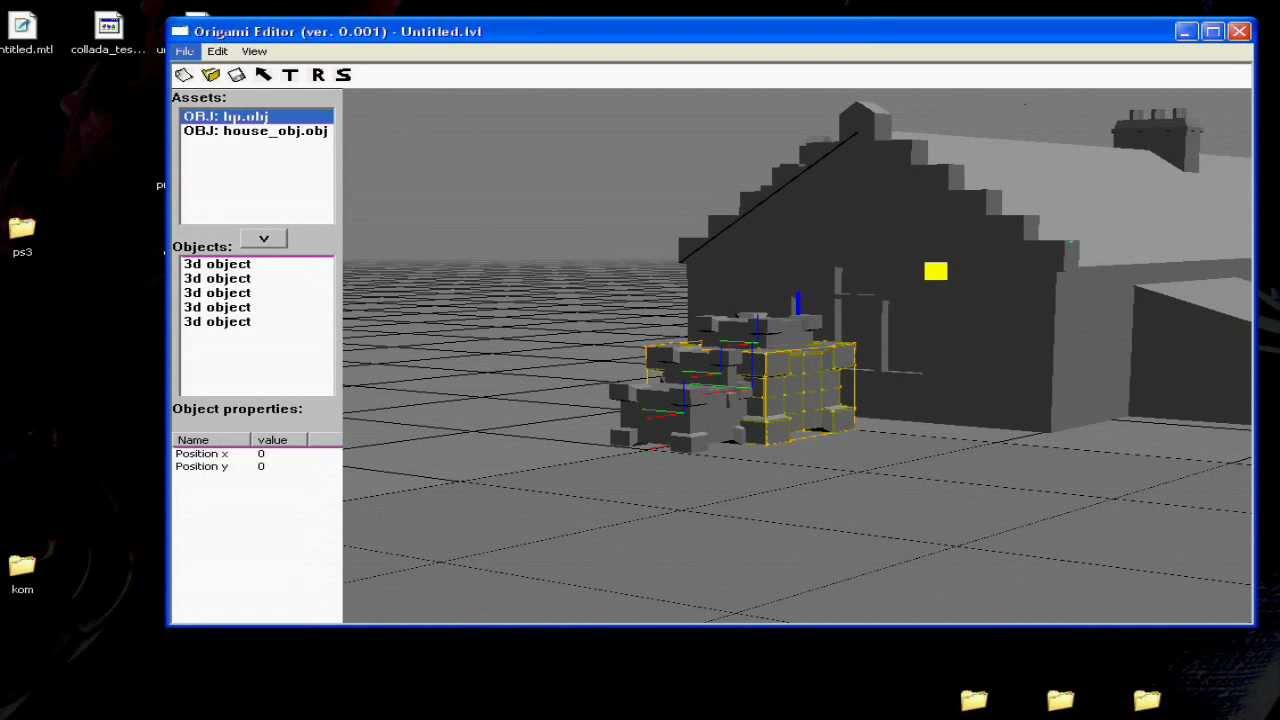
The Unpredictable World of LLM-Based Games
As I sat debating with a friend about the use of Large Language Models (LLMs) in game design, I couldn’t help but think about the endless possibilities. My friend argued that LLMs were too unpredictable to be used consistently in games and should not be used for “live mechanics.” But I saw an opportunity to challenge this notion and push the boundaries of what’s possible.
 The intersection of AI and game design
The intersection of AI and game design
I decided to take on the challenge and build an LLM-based game from scratch. In this article, I’ll take you through my journey, from conceptualizing the game to implementing causal graphs for LLMs.
The Concept of Unpredictability
One of the main concerns with using LLMs in game design is their unpredictability. But what if we could harness this unpredictability to create a unique gaming experience? I wanted to explore the possibilities of using LLMs to generate game content, rather than simply using them as a tool for automation.
 The possibilities of AI-generated game content
The possibilities of AI-generated game content
Causal Graphs for LLMs
To create a cohesive gaming experience, I needed to develop a system that could integrate LLMs seamlessly. This is where causal graphs come in – a powerful tool for modeling complex relationships between variables. By using causal graphs, I could create a framework for LLMs to generate game content that’s both coherent and engaging.
Modeling complex relationships with causal graphs
In the next part of this series, I’ll dive deeper into the implementation of causal graphs for LLMs and how they can be used to generate game content. Stay tuned for more insights into the world of LLM-based game design.
“The true sign of intelligence is not knowledge, but imagination.” - Albert Einstein













